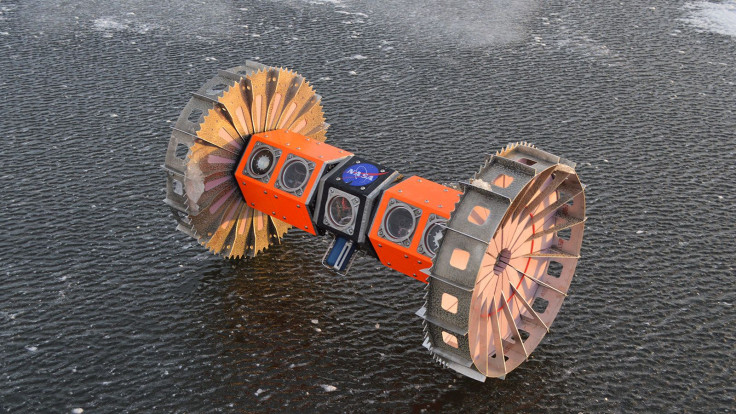NASA’s Aquatic Rover For Exploring Alien Oceans Heading To Antarctica

NASA has developed an aquatic rover designed to explore the oceans of alien worlds. To test its capabilities, the agency will head to Antarctica with the rover later this month.
Previous and current missions have revealed that various moons and planets in the Solar System hold traces of water. Some of these cosmic bodies are even believed to hold deep oceans beneath their surfaces.
In many of these places, such as the moons Europa and Enceladus of Jupiter and Saturn respectively, the oceans are believed to be under thick layers of ice.
To explore these regions, NASA developed an aquatic rover dubbed as the Buoyant Rover for Under-Ice Exploration (BRUIE). Through this rover, which is about 3 feet long, NASA aims to explore extraterrestrial oceans hidden beneath frozen surfaces.
According to NASA, BRUIE is capable of navigating through ice sheets that could be 6 to 12 miles deep. Once under the frozen surface, the rover will rely on buoyancy in order to remain in the region where the ice and water meet. The rover is also equipped with wheels that will allow it steadily cruise along beneath the ice.
According to NASA, exploring the area between the ice sheets and the water below increases the chances of discovering traces of alien life.
“We've found that life often lives at interfaces, both the sea bottom and the ice-water interface at the top,” Andy Klesh, the lead engineer for BRUIE said in a statement. “Most submersibles have a challenging time investigating this area, as ocean currents might cause them to crash, or they would waste too much power maintaining position.”
Before heading to space, BRUIE will first visit Australia’s Casey research facility in Antarctica to explore Earth’s icy ocean. Through a series of field tests that will take place this month, the rover will carry out various experiments related to a possible mission.
According to NASA, it selected Antarctica as the location for BRUIE’s field tests the icy region is a bit similar to the frozen oceans in other worlds.
“The ice shells covering these distant oceans serve as a window into the oceans below, and the chemistry of the ice could help feed life within those oceans,” BRUIE’s lead scientist Kevin Hand explained.
“Here on Earth, the ice covering our polar oceans serves a similar role, and our team is particularly interested in what is happening where the water meets the ice,” he added.
© Copyright IBTimes 2025. All rights reserved.





















